It’s National Child Abuse Prevention Month again and so I’m getting down to work. The more I do anti-spanking activism in Black communities, I keep hearing a constant refrain: “We whoop our children out of love,” and “We whoop our children to keep them out of prison.”
I understand that parents are doing the best they can with the tools and resources at their disposal and so I’m learning to practice loving kindness and greater empathy in my work. But it is clear to me that far too many Black parents “love” their children the way that America “loves” us. And the ways in which we treat our children’s bodies MUST be understood within the social and political context of white supremacy. Meaning that white supremacy REQUIRES black people to participate in the dehumanization process of their children.
And we’ve been doing a great job.
We are a group that has adopted and fiercely defended a hurtful tactic that is meant to protect our children, not savage them. I understand that whooping children has long functioned as a kind of defense mechanism, but it is also a function of a parent’s own rage and self-hatred at being forced to endure living in a society that questions your humanity from the womb to the grave.
But when we hurt our children’s bodies, what kind of message does that send to them and to those people in the world who fundamentally hate them? It says to them – “I have no right to bodily integrity,” “My voice doesn’t matter,” “My experience doesn’t matter,” “I should expect violence,” “I should expect people to hurt me,” “I am a problem,” “I am feared,” “I am hated.”
“I whoop you because I love you” was a constant refrain I heard out of the mouth of my own adoptive mother and elders in the community where I grew up. Now that I’m an adult and I continue to do the hard work of emotional and spiritual healing, I’ve come to realize that all those whoopings I received as a child may have been administered by my adoptive mother, but they did not originate with her.
That kind of painful punishment originated with white supremacy, a history of cultural and physical violence that devaluated black life at every turn. From slavery through Jim Crow, from the school-to-prison pipeline to racial profiling, the innocence of black children has always been a dream deferred. Childhood has been one of many things denied to black kids and this message has surely entered into black homes. So has the yearning to protect our young from the pernicious impact of racism. The intensity of this fear and the focus on insulating black children from the dangers of racism is part and parcel to the history of blacks in America.
As for those who argue that whooping a child will keep him or her out of jail . . . Welp, let’s see how effective that parenting strategy has been for black folks since the post-emancipation period and the rise of the carceral state. Consider the following facts:
We keep whooping our children while people of color make up about 30 percent of the United States’ population and account for 60 percent of those imprisoned.
We keep whooping our children even as 1 in every 9 black men is incarcerated in comparison to 1 in every 106 white men.
We keep whooping our children even as, according to the Bureau of Justice Statistics, 1 in 3 black men can expect to go to prison in their lifetime.
We keep whooping our children even as individuals of color have a disproportionate number of encounters with law enforcement, indicating that racial profiling continues to be a problem.
We keep whooping our children even as the Department of Justice found that blacks are approximately three times more likely to be searched during a traffic stop than white motorists, and blacks are twice as likely to be arrested and almost four times as likely to experience the use of force during encounters with the police.
We keep whooping our children even though municipalities like Ferguson, Missouri target black communities with traffic stops, court fines, arrests and harrassment for low-level offenses to raise revenue.
We keep whooping our children even as students of color face harsher punishments in school than their white peers, leading to a higher number of youth of color incarcerated.
We keep whooping our children even though they represent more than 70 percent of those involved in school-related arrests or referrals to law enforcement, and make up two-fifths of confined youth today.
We keep whooping our children even though recent data by the Department of Education shows that African American students are arrested far more often than their white classmates, making up more than 70 percent of arrested or referred students.
We keep whooping our children as harsh school punishments, from suspensions to arrests, lead to high numbers of youth of color coming into contact with the juvenile-justice system and at an early age are sent to adult prisons.
We keep whooping our children even as the number of women incarcerated has increased by 800 percent over the last three decades, and women of color have been disproportionately represented, with African American women being three times more likely than white women to be incarcerated.
We keep whooping our children even as the war on drugs has been waged primarily in communities of color where people of color are more likely to receive higher offenses even though they are no more likely to use or sell illegal drugs than whites, but they have higher rate of arrests.
We keep whooping our children even as they remain overrepresented in the nation’s foster care system, which has become a breeding ground for the juvenile justice and adult prison system. In some states, like California, nearly 70 percent of adult prisoners have had contact with the foster care system as a result of child abuse.
The abuse and control and mass incarceration of black bodies in America is tied to this country’s racist roots, which is tied to profiting from the sweat and muscle of black bodies. The fact is, black people are worth more in prison than free. It is absurd to think that all these disparities I mentioned above persist because black people don’t whoop their children enough.
Irrespective of the reasons – rage induced by racism, a desire to save children from the streets and a jail cell, a yearning to ward off black death, a responsibility to protect – the abuse hurts! Not to mention, “bad parenting” is used to justify mass incarceration, schools suspensions, splitting apart of families by child welfare professionals, and yet the abuse that purportedly protects inadvertently exacerbates the pernicious harms of racism.
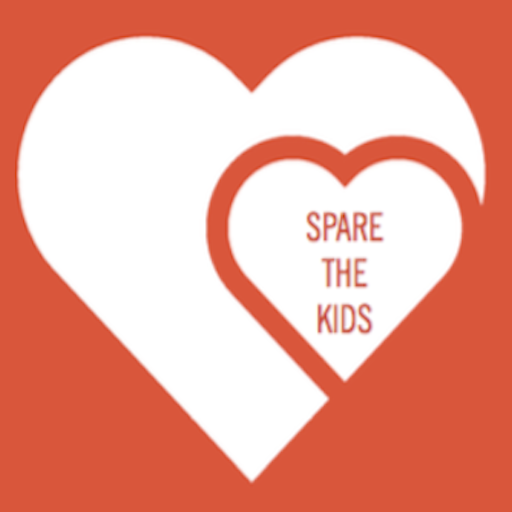

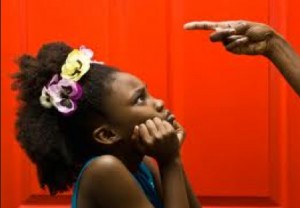
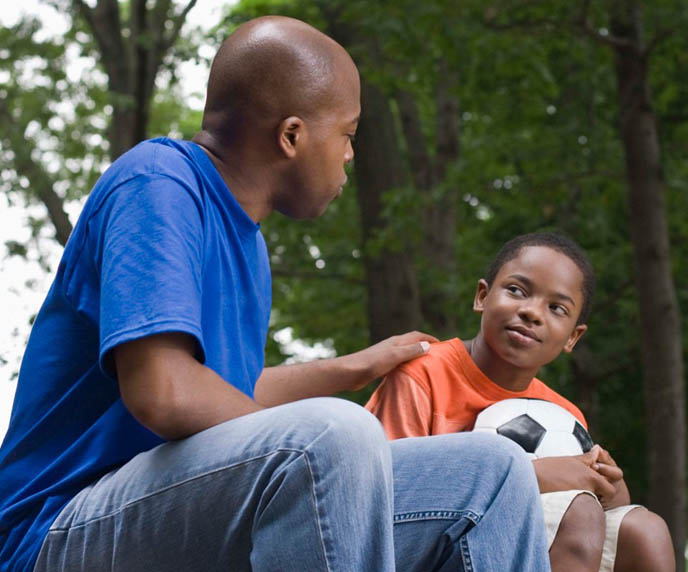
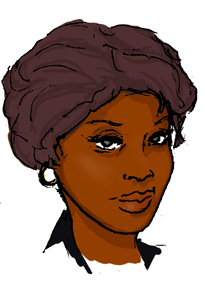 Dear Ferguson Nightmares,
Dear Ferguson Nightmares,

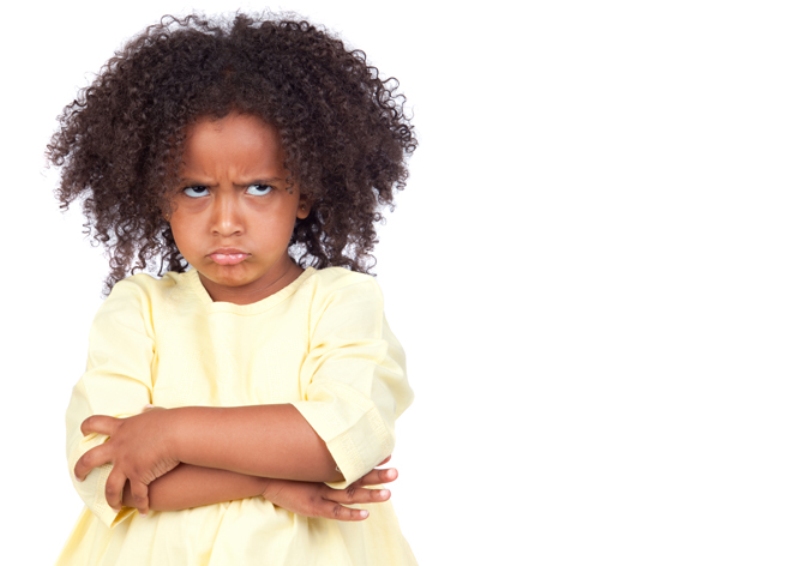
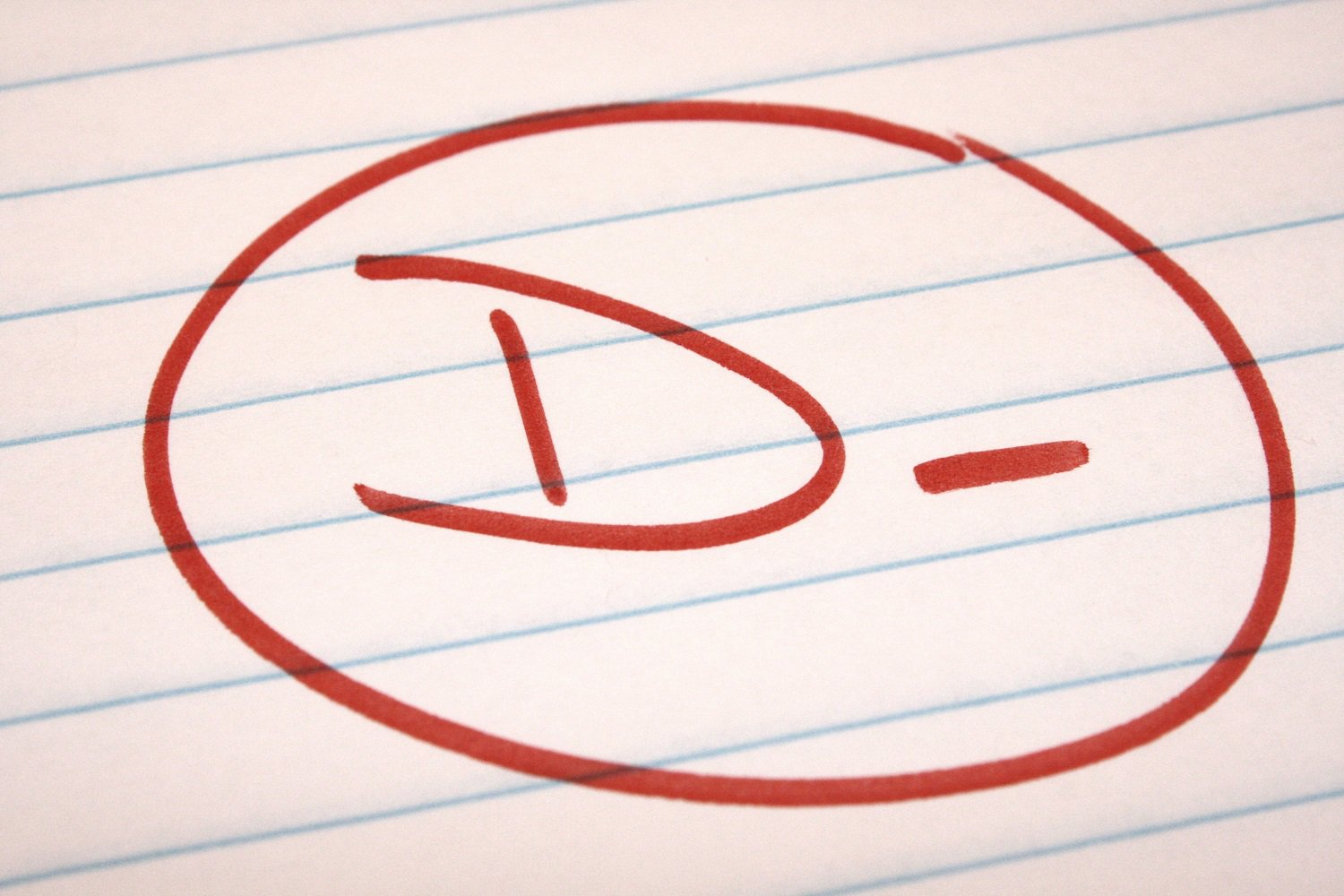

Recent Comments